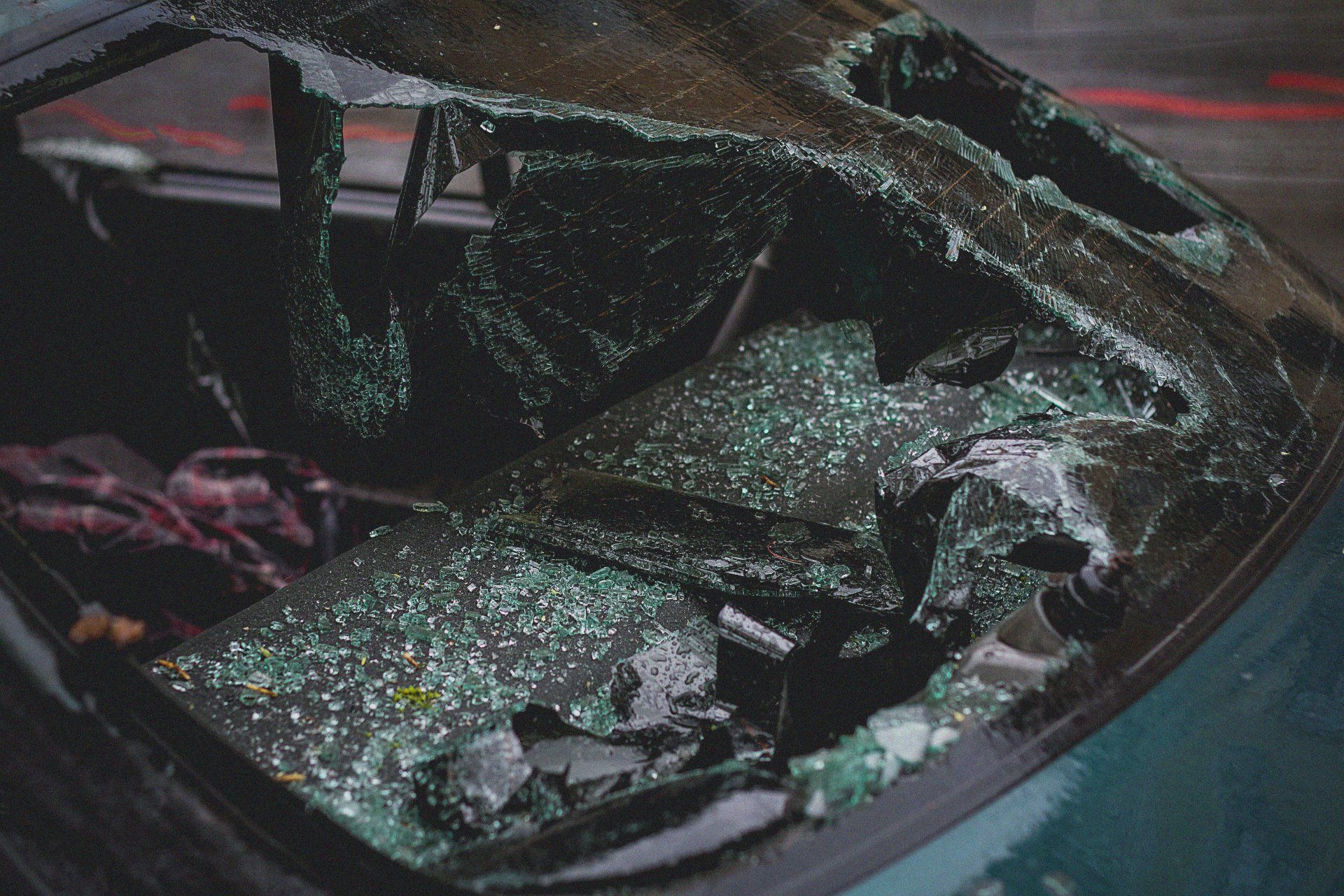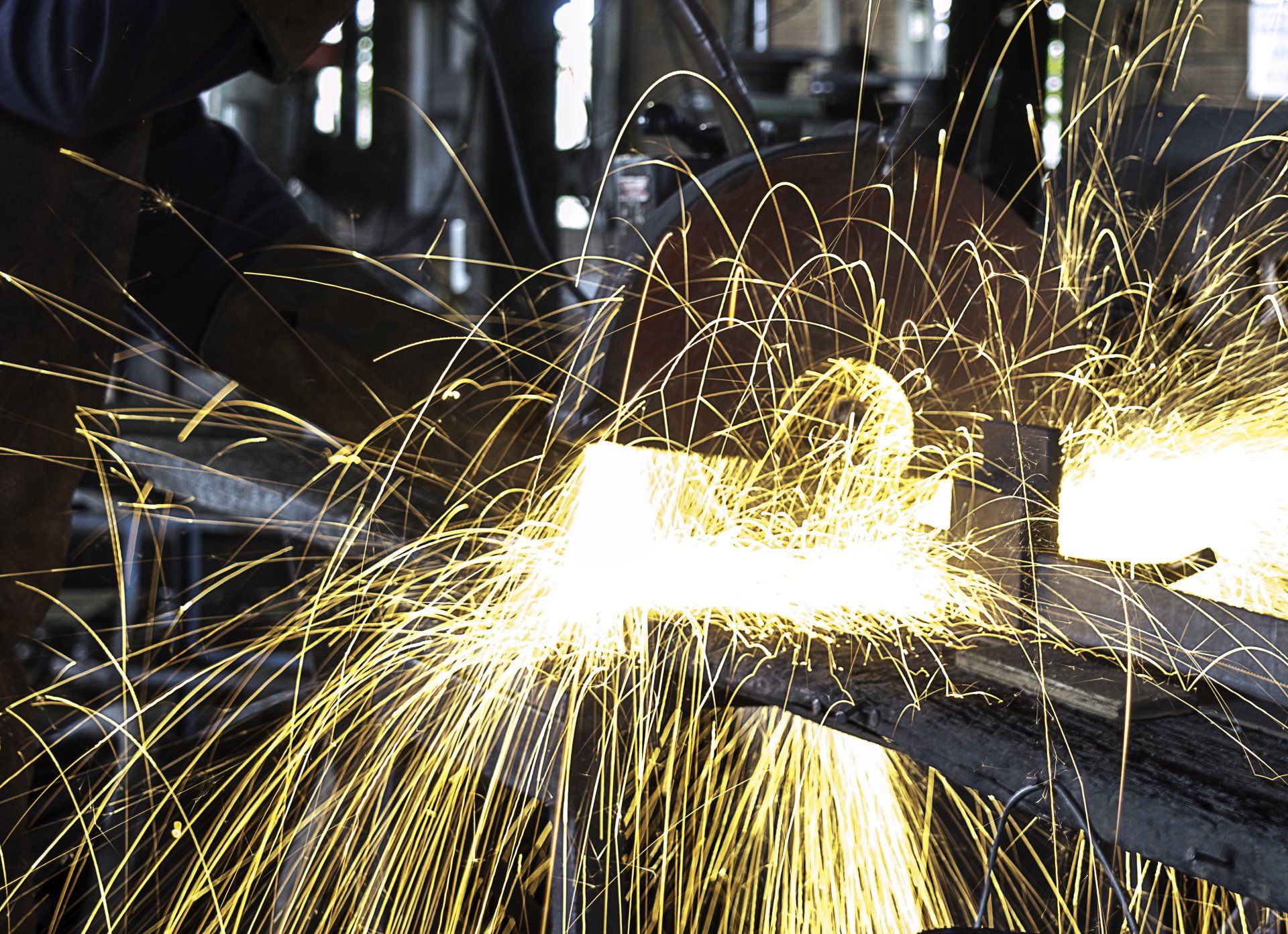18-Wheeler Blind Spots: Know Where To Drive
A motor vehicle collision may be one of the scariest life experiences an individual will endure. At the end of the day, you cannot control other drivers, even those handling massive 18-wheelers that can easily crush your car or motorcycle. The truth is, a driver of a vehicle as large as an 18-wheeler cannot possibly have their eyes on everything around them at all times. We must always be on the look-out for blind spots.
What are the odds?
In line with the FMCSA , or the Federal Motor Carrier Safety Administration, the data shows a steady decrease in large trucks and/or bus crashes that are fatal. A large truck or bus is classified as such when it has a GVWR greater than 10,000 lbs. Ever since 1997, the recorded high of accidents was 6,007, which has gone down considerably to 3,838 at its most recent tally in 2015. As the registry of large trucks and buses has increased by a growth of 1-5% per year in the past 10 years, it shows that there have been many cautious actions taken to decrease the number of fatal accidents involved with large vehicles. However, this number is only for fatal incidents. This does not include non-fatal incidents that may occur.
To delve a bit further into these accidents, one looks towards the Pocket Guide to Large Truck and Bus Statistics compilation that involves non-fatal crashes as well. Looking at their 2014 data, of the approximate 6.065 million crashes reported, 476,000 involved large trucks and buses. That gives you an 8% chance of being involved in an accident with a large truck or bus. For a little perspective – in 2014, there was a 1 in 12 chance of being in a crash or accident involving a large truck or bus. That is an increase since 2013 where there was only a 6% chance.
How can this be prevented?
Although it may be impossible to stop an accident from occurring, there are many steps you can take to ensure that your chances of being involved in one are reduced.
– Do not cut off trucks. As a large truck is much heavier than your average car, you must take precautions. Cutting off a larger truck forces them to hit the brakes much harder than would seem. As they are much heavier, they need more time to slow down. A good rule of thumb is to move into their lane when you can see the top of the 18-wheeler in your side-view mirror. This ensures that there is adequate space between you and the truck before you cross in front.
– Don’t tailgate. While this is important with all vehicles, with 18-wheelers, it is especially necessary. If you were to be involved in a rear end collision with one, your front bumper may not be high enough to block the rear of an 18-wheeler, resulting in the 18-wheeler crushing your windshield and everything behind it.
– Never drive next to a truck. The larger the truck, the larger the blind spot. Driving next to a truck can easily place you in a blind spot. This means that, if it were to occur, they could easily cause a collision if they needed to change lanes, avoid debris, or turn. If you must pass an 18-wheeler, do not spend more time next to it than is necessary. Attempt to pass safely and quickly.
Procedures after Collisions with an 18-Wheeler
Regardless of the portrayed expertise by the driver, when a collision occurs, try to remember these general procedures to protect your legal interests to the fullest. First, ensure everyone involved in the accident is okay. Then, call 911 immediately. Be careful about making statements while you wait for the authorities to arrive.
Never admit fault at the accident scene to anyone. This includes the driver of the 18-wheeler and any passengers or other witnesses. Admitting fault for a car accident for any reason can severely damage a case. If possible, move your car to a safe place off the roadway and wait for the police to arrive. Get the 18-wheeler driver’s contact information, employer information and insurance information before they leave the scene. It may also be helpful to get the license plate and/or vehicle identification number of the 18-wheeler involved. Don’t assume that you will be able to get everything from their insurance company.Last, take photographs of the scene of the accident, the vehicles involves and any injuries you may have.
Post-Accident Procedures
If you are injured in a collision involving an 18-wheeler, it is important to seek out medical attention immediately. During this process, be honest with your doctor about any previous injuries, medical conditions and the progress or decline you are currently experiencing with the injuries related to your accident. Tell the doctor every single ache or pain you have.
After a claim is filed with the adverse insurance company, know that you should not give a recorded statement and you are not required to. These statements may be used against you at a later time. In addition, be cautious of those contacting you after an accident. Many times, the companies employing the drivers of these 18-wheelers reach out to those involved in these collisions. It is not uncommon for them to offer a settlement in exchange for an agreement that you will forego medical examinations or legal action. Always consult an attorney with any offers to determine if the settlement is fair and right for you.
18-wheelers are dangerous, but knowing the proper steps to stay safe and handle an accident with one can lessen the stress if you do find yourself in a collision with one. For more information on large truck accidents, or questions about liability in crashes contact our injury attorneys today.
Original Source: https://www.lapezejohns.com/whose-liability-is-it/18-wheeler-blind-spots-know-drive/



